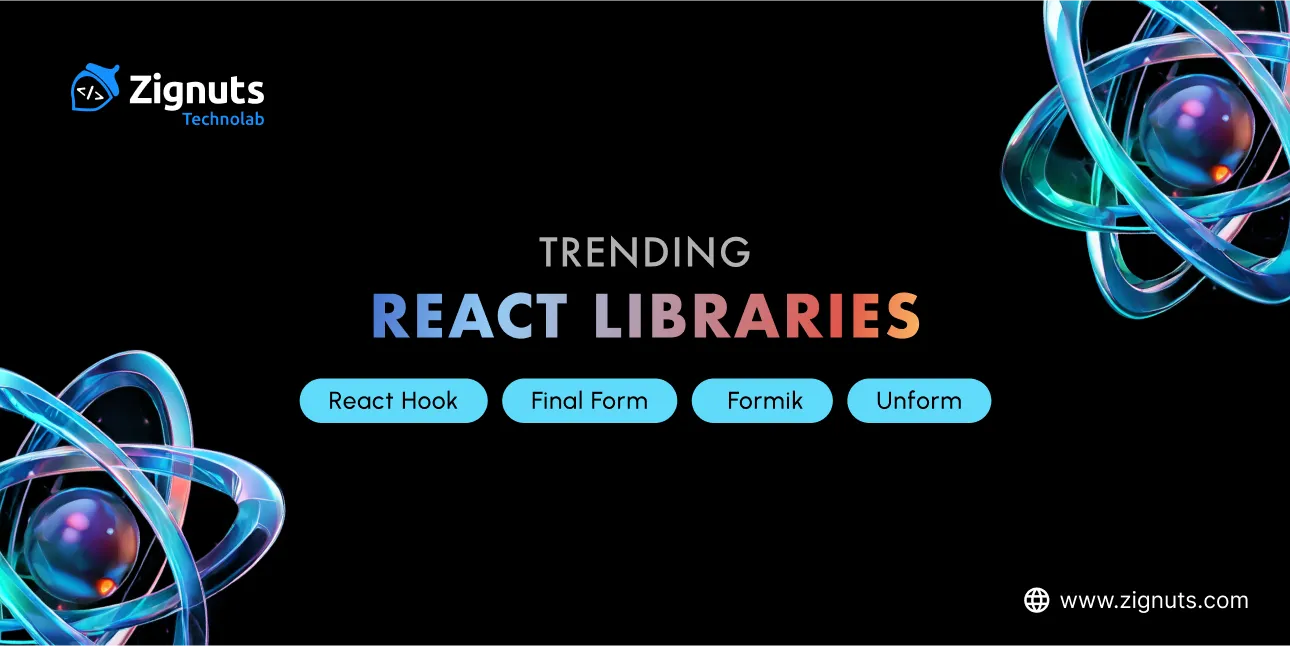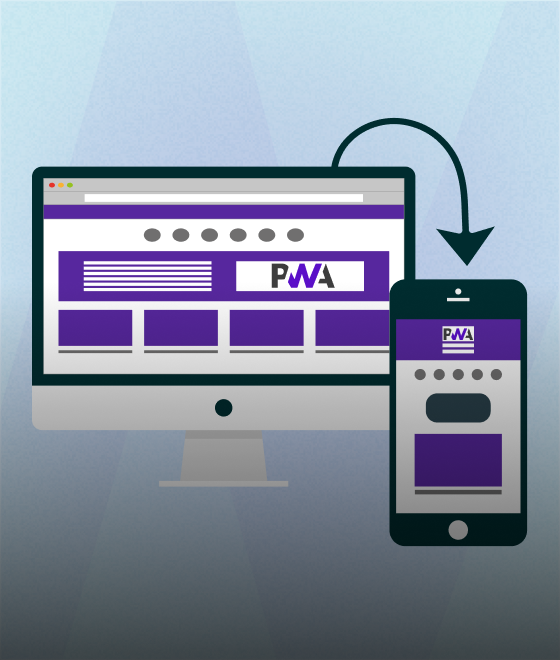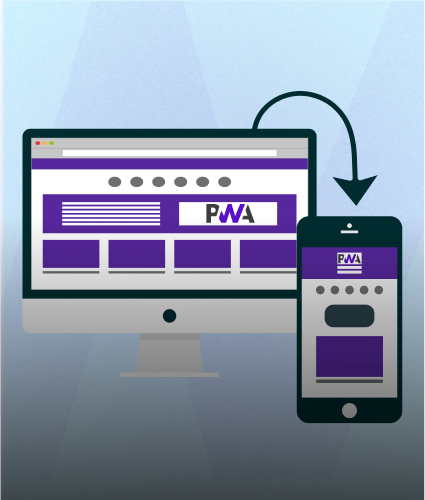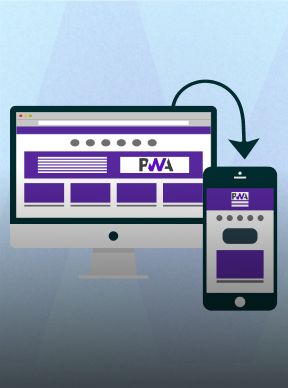React Hook Form - Trending React Libraries
Should You Use React Hook Form?
When it comes to building forms in React applications, one popular library that developers often turn to is React Hook Form. React Hook Form is a lightweight and performant form validation library that offers a better experience compared to traditional methods.
Whether you should use React Hook Form depends on various factors, so let's take a look at some of the factors to consider:
Factors to be Considered
- Performance: React Hook Form is known for its excellent performance. It leverages uncontrolled components and reduces re-renders, resulting in faster form rendering and improved user experience.
- Simplicity: React Hook Form is designed with simplicity in mind. Its API is straightforward and intuitive, which makes it easier to learn and implement. With fewer lines of code, you can achieve efficient form validation.
- Flexibility: React Hook Form is a flexible library that allows you to work with any UI framework or component library. It doesn't impose any styling or markup requirements, giving you the freedom to use your preferred UI components.
- Uncontrolled Components: React Hook Form uses uncontrolled components, which means you don't have to track the state of every input field. This approach reduces the complexity of managing form state and makes it easier to work with.
- Validation: React Hook Form provides various validation rules and built-in validation methods. You can easily implement common validation scenarios such as required fields, min/max length, pattern matching, and custom validation functions.
Now that we have discussed the factors, let's move on to the installation steps and implementation of the React Hook Form.
Installation Steps
To get started with React Hook Form, follow these installation steps:
- Create a new React project or navigate to your existing project's directory.
- Open a terminal or command prompt and run the following command:
- Wait for the installation to complete. Once done, you're ready to start using React Hook Form in your project.
Implementation
To implement React Hook Form, follow these steps:
- Import the necessary dependencies in your component:
- Initialize the hook in your component and define your form's fields:
- Create your form markup using the provided components and register your form fields:
- Implement the form submit handler:
In the above example, we create a simple form with a single input field for the first name. We register the field using the register function and define validation rules by passing an object to it. The errors object contains any validation errors that occurred during form submission.
React Hook Form makes it easy to handle form validation, submit handling, and displaying error messages in a concise and efficient manner.
So, if you are looking for a performant, flexible, and simple-to-use form validation library for your React projects, React Hook Form is definitely worth considering.
In conclusion, React Hook Form offers several advantages over traditional form validation libraries. Its performance, simplicity, flexibility, and built-in validation capabilities make it a powerful tool for handling forms in React applications. Give it a try and experience the benefits it brings to your projects.
React Final Form: Simplify Form Management in React
Should You Use React Final Form?
When it comes to managing forms in React applications, React Final Form is a popular library that provides a robust and flexible solution. However, whether you should use React Final Form depends on various factors. Let's explore some of these factors to consider:
Factors to be Considered
- Complex Forms: If you are dealing with complex forms that require intricate validation rules, dynamic fields, conditional logic, or multi-step workflows, React Final Form may be a good choice. It provides a rich set of features to handle these scenarios efficiently.
- Customization: React Final Form offers a highly customizable API that allows you to define your form logic and behaviours. You can easily add custom validation functions, format and normalise field values, and integrate with external libraries or components.
- Validation: React Final Form provides built-in validation functionality. You can define validation rules at the field level or for the entire form. It also offers support for asynchronous validation, allowing you to handle server-side validation or other async tasks easily.
- Performance: React Final Form is optimized for performance by minimizing unnecessary re-renders. It achieves this by leveraging dynamic field registration and only updating components that depend on changed form values.
Now, let's go through the installation steps and implementation details to get started with React Final Form.
Installation Steps
To install React Final Form, follow these steps:
- Create a new React project or navigate to your existing project's directory.
- Open a terminal or command prompt and run the following command:
- Wait for the installation to complete. Once done, you can start using React Final Form in your project.
Implementation
Here's a step-by-step process to implement React Final Form in your React application:
- Import the necessary dependencies in your component:
- Create your form component:
In the example above, we create a simple form with a single input field for the first name. The Form component wraps the form, handles the form state, and provides necessary context to the Field component.
- Implement the form submit handler:
- Define validation functions:
In the above code snippet, the required validation function checks if the field value is empty and returns an error message if it is.
React Final Form offers a rich set of features such as field-level validation, input normalization, formatting, and managing form state. You can also easily integrate with popular UI libraries like Material-UI or Bootstrap.
In conclusion, if you are dealing with complex forms or require a highly customizable and performant form management solution in your React projects, React Final Form is worth considering. Its powerful features, flexible API, and excellent validation capabilities make it a robust choice for managing forms in React applications.
Give React Final Form a try and simplify your form management experience in React!
Formik - Trending React Library
Formik is a popular form management library in React that simplifies the process of handling form state, validation, and submission. But, is it the right choice for your project? Let's explore the factors you should consider before using Formik, its installation steps, and how to implement it effectively.
Should You Use Formik?
Pros:
- Simplified form management: Formik provides a straightforward way to manage form state without the need for complex state management.
- Easy form validation: Formik offers an efficient way to validate form inputs and display error messages to users.
- Built-in submission handling: Formik simplifies form submission by handling the form data and submission logic effortlessly.
- Integration with third-party libraries: Formik seamlessly integrates with popular libraries like Yup for form schema validation.
Cons:
- Learning curve: If you are new to Formik, there might be a learning curve associated with using the library effectively.
- Dependency: Using Formik adds a dependency to your project, which might increase the bundle size.
Consider using Formik if you value simplicity, efficiency, and a streamlined approach to form management in your React project.
Factors to be Considered
- Complexity of Forms: If your forms involve complex validation rules, handling form state manually could be cumbersome.
- Project Size: For large projects with multiple forms, using Formik can help in maintaining a consistent approach to form management.
- Team Familiarity: If your team is already familiar with Formik, leveraging its features can lead to faster development and fewer bugs.
Installation Steps
To install Formik in your React project, follow these steps:
- Install Formik and Yup (for validation) using npm or yarn:
- Import Formik in your component:
- You are now ready to use Formik in your components.
Implementation
Here is a simple example of implementing a form using Formik in React:
In this example, we have a basic form with two input fields for name and email. The onSubmit function logs the form values when the form is submitted.
In conclusion, Formik is a powerful tool for managing forms in React projects. By carefully considering the factors mentioned above and following the installation steps and best practices for implementation, you can leverage Formik's capabilities efficiently in your projects.
Unform: A Simple and Powerful Form Validation Library for React
Should You Use Unform?
Are you looking for a straightforward and efficient form validation library for your React applications? Unform might be the perfect choice. However, before deciding, let's consider some important factors.
Factors to be Considered
- Simplicity: Unform is designed with simplicity in mind. It provides a clean and intuitive API, making it easy to implement form validation in your React projects. If you prefer a library that is easy to learn and use, Unform is worth considering.
- Flexibility: Unform is a flexible library that allows you to work with any UI framework or component library. It doesn't impose any styling or markup requirements, giving you the freedom to use your preferred UI components. This makes it a versatile choice for any project.
- Performance: Unform is known for its efficient performance. It leverages uncontrolled components and minimizes re-renders, resulting in faster form rendering and improved user experience. If performance is a priority for your application, Unform can provide a significant boost.
- Validation: Unform offers several built-in validation methods such as required fields, length constraints, pattern matching, and more. Additionally, you can easily create custom validation functions to meet your specific validation needs. If you require flexible and comprehensive validation capabilities, Unform has you covered.
Now that we have discussed the important factors, let's move on to the installation steps and implementation details of Unform.
Installation Steps
To get started with Unform, follow these installation steps:
- Create a new React project or navigate to your existing project's directory.
- Open a terminal or command prompt and run the following command:
- Wait for the installation to complete. Once done, you are ready to start using Unform in your project.
Implementation
Implementing Unform in your React application involves the following steps:
- Import the necessary dependencies in your component:
- Create your form markup and specify the validation rules for each field:
In the example above, we create a simple form using the Form component from Unform. Inside the form, we use the Input component (a custom input component) to define our form fields. We specify the validation rules for each field using the available props such as required and minLength.
- Implement the custom input component:
The custom input component uses the useField hook from Unform to handle field registration and validation. It registers the field using the registerField function and binds it to the inputRef to track its value.
Unform simplifies form validation by handling most of the logic behind the scenes, allowing you to focus on building your form.
In conclusion, Unform is a simple and powerful form validation library that offers flexibility, performance, and ease of use. If you are looking for a lightweight and effective form validation solution for your React projects, Unform is definitely worth considering. Give it a try and streamline your form validation process in React!




.svg)

.svg)



.svg)

.svg)


.webp)




.png)
.png)
.png)



.png)
.png)
.png)



